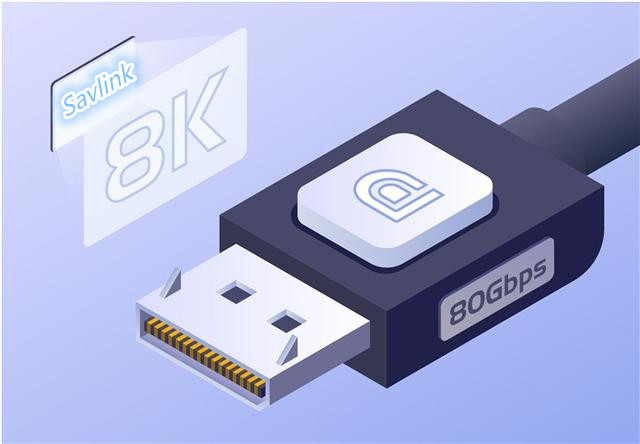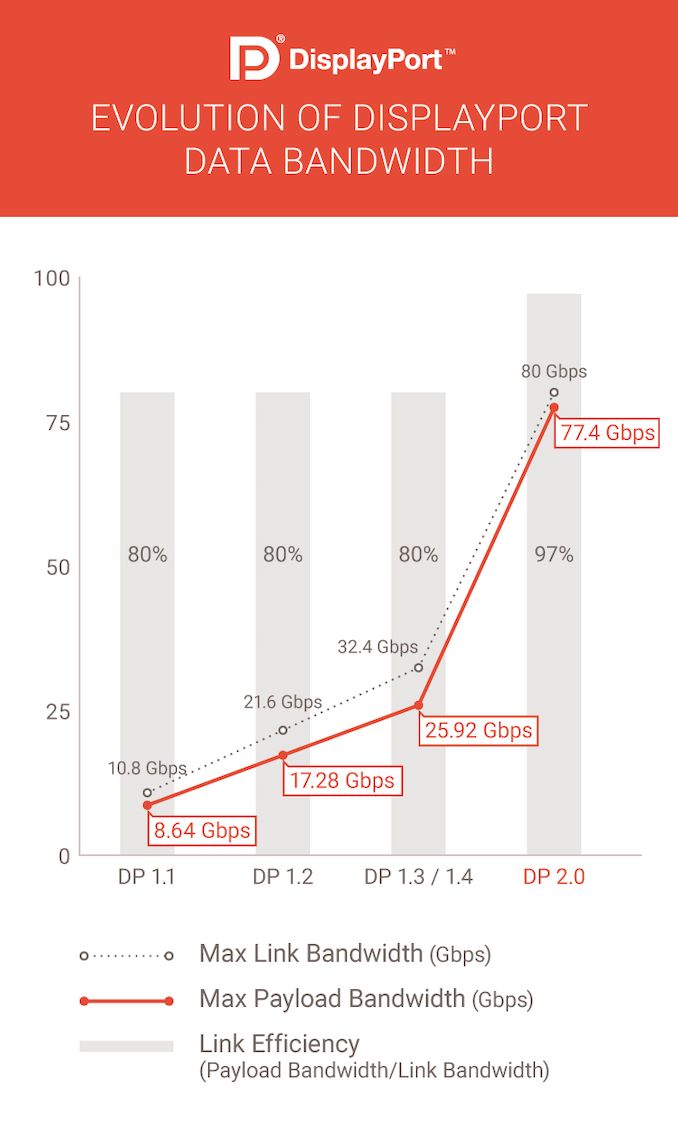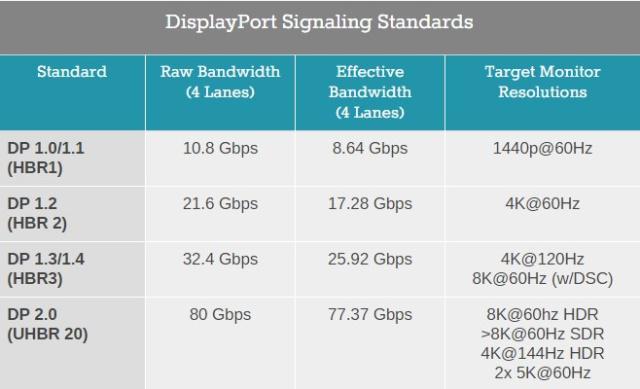DisplayPort (DP) is a digital video interface standard standardized by the Video Electronics Standards Association (VESA) and developed by the Alliance of PC and Chip Manufacturers. It is mainly used for connecting video sources and displays, and supports audio, USB and other forms of data, this interface is designed to replace the traditional VGA, DVI, and FPD-Link (LVDS) interfaces, with active or passive adapters that are backward compatible with traditional interfaces such as HDMI and DVI.

HDMI and DP are two digital video interfaces. They are the same as other digital interfaces such as USB and Thunderbolt 3, designed for transmission speed (bandwidth), and have launched different upgraded versions with their continuously improved speeds.The latest launched DP 2.0 standard, which is the same as the previous DP version, is also compatible with the currently launched DP protocol, and also inherits various functions of the previous generation DP standard, such as lossless display compression, video signal compression, etc. In addition, the DP 2.0 standard also provides better support for high dynamic range, simultaneous output of multiple image signals, AR and VR.
The debut of the DP 2.0 version can not only be closely integrated with Thunderbolt 3 and USB-C, but also meets the display output requirements of 8K or higher. The theoretical bandwidth of the DP interface is upgraded to 80 Gbps, using a new coding mechanism 128/132b, the efficiency increases to 97%, and the actual availability is as high as 77.4 Gbps, which is equivalent to three times the DP1.3/1.4, far exceeding the theoretical bandwidth of 48 Gbps of HDMI 2.1.

According to the VESA Association, DisplayPort 2.0 is very fast, can support 8K display without any compression (including chroma sub-sampling), and can output 8K video in 30-bit color format, even can support HDR at high resolution. Similarly, it can output 10K display in 24-bit color without compression, and can output 16K display when compressed. Considering that at present HDMI 2.1 only supports 8K@60Hz resolution, DP2.0 is such a terrible indicator. It is not only a preview of the progress of the future video interface standards, but also marks the momentum of the ultra-high resolution era.

The DP interface is technically better than the HDMI interface, but the difference between the two is not so obvious in other aspects, and from the current popularity, HDMI is better than DP, after all, the circles they stay are different.A bunch of e-commerce partners engaged in the HDMI circle and a bunch of PC-made engaged in their own circles, of course that they support their own first. So from the current stage, the HDMI interface we have seen is obviously more than the DP interface. Currently, smart TVs on the market are almost equipped with HDMI interfaces, and it is precisely because of the status of TV in the living room entertainment center of people’s homes.Its accessory devices such as set-top boxes, game consoles, notebooks, digital cameras, etc. will also be equipped with HDMI interfaces, so its application is very extensive, and the DisplayPort interface is only popular in the PC field, and in other areas it is obviously not as popular as HDMI. Even if the DP interface is widely used in the future, we can also use DP to HDMI converter or other conversion equipment to deal with compatibility issues, so we believe that even if DP 2.0 is born with an advantage, the DP interface will not replace HDMI soon. After all, people on their own side definitely support their own circle, unless there is a big advantage.
Both DP and HDMI, as well as the consumer interface type C, are working hard to improve themselves and increase bandwidth in order to transmit more functions, higher bandwidth and support 4K 8K and future higher resolution and data volume. No matter which interface the equipment manufacturer chooses, it has to face a huge challenge, that is, the wire at both ends of the connection interface is getting shorter and shorter. At this time, users are recommended to consider the latest solution developed by Smartavlink, optical-electronic conversion, and Smartavlink has successfully developed DP 1.4 AOC, HDMI 2.1 AOC, USB 3.0 AOC, Type C Gen 2 AOC, etc., realizing high-bandwidth and lossless transmission over long distances.
